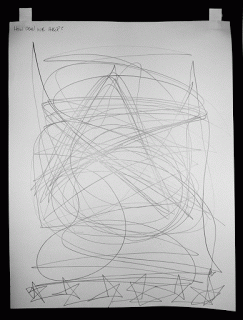I have been contemplating this fountain, which is in the Cloisters. Lions have been used for millennia as fountain heads because of the Egyptian association that the Nile floods during the time of Leo. Lions are also a solar symbol because of color and mane, which resemble the sun, and because that Leo appears in the sky during the time of the year when the sun seems the most intense (July - August for the Northern Hemisphere). They were also appropriated as Catholic imagery because of the belief that Christ is the Light of the World and the Son (sun) of God. This object was supposed to be 12th century, Romanesque, however, it may be a forgery from the1930s. I can't help but wonder if this bit of information changes our appreciation of it?
© 2016 Arthur Bruso












